Dental Resin Material Vertical Kneader | JCT Machinery
 Mar 31,2025
Mar 31,2025

 JCT
JCT
Features of Dental Resin Vertical Kneader
1. Efficient Mixing: Z-shaped blades are used to provide strong shear force to evenly disperse high-viscosity resins.
2. Vacuum Degassing: Vacuum system can be configured to effectively remove bubbles in the resin and improve the quality of the final product.
3. Accurated Temperature Control: Vertical kneader is equipped with a jacket heating / cooling system to accurately control the resin reaction temperature to prevent overheating or uneven curing.
4. Corrosion-resistant Material: The material contact part is made of high-quality stainless steel, which is resistant to acid, alkali and weal.
5. Sealing Design: Ensures no dust leakage, meets GMP production standards, and is suitable for the production of medical-grade materials.
6. Flexible Discharging Method: Bottom discharging is usually used to improve production efficiency.
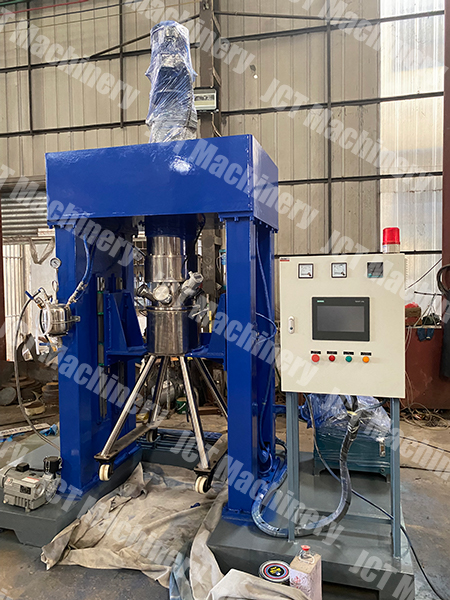
Applicable Dental Resin Types
- 3D printing dental resin (light-curing resin)
- Denture base resin (PMMA type)
- Dental filling material (composite resin)
- Dental adhesive
Dental resin vertical kneader blades usually adopt the design of one solid and one with holes.
1. Promote Efficient Mixing
Solid blade (driving main blade): Provides strong shear force and compression force to stir, knead and extrude high-viscosity materials.
Blade with holes (auxiliary blade): Enhances the fluidity of the material, allowing the material to form multi-level shear through the holes, reducing dead corners and improving mixing uniformity.
2. Reduce Material Accumulation and Improve Discharge Efficiency
During the mixing process of high-viscosity dental resin, if the blades are solid, some materials may adhere to the surface of the blade and are not esay to flow evenly.
Designing a blade with holes in the middle can effictively reduce material accumulation, allow the resin to flow smoothly, and increase the discharge speed.
3. Adapt to High-filling Formulas and Reduce Energy Consumption
Dental resins usually contain a high proportion of fillers (such as silica, zirconium oxide, etc.). If all solid blades are used, the stirring resistance will be reater, increasing energy consumption.
Using perforated blades can reduce unnecessary mechanical resistance during the mixing process, making energy transfer more efficient and thus reducing energy consumption.
4. Avoid Excessive Shearing and Protect Material Properties
Dental resins have high requirements for rheological properties and dispersion state. Excessive shearing may cause filler agglomeration or destroy the molecular structure.
The design of one solid and one with holes blade can balance the shear force, achieving sufficient mixing without causing excessive damage to the material.
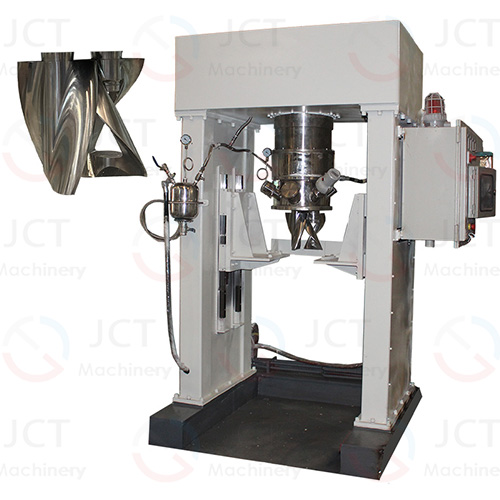



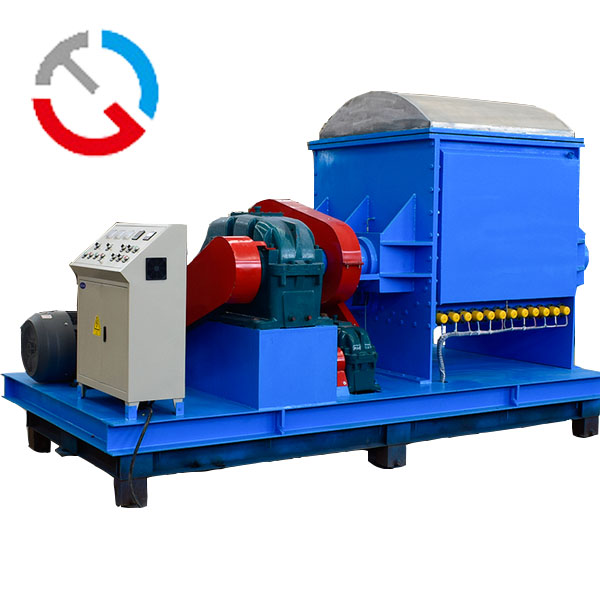
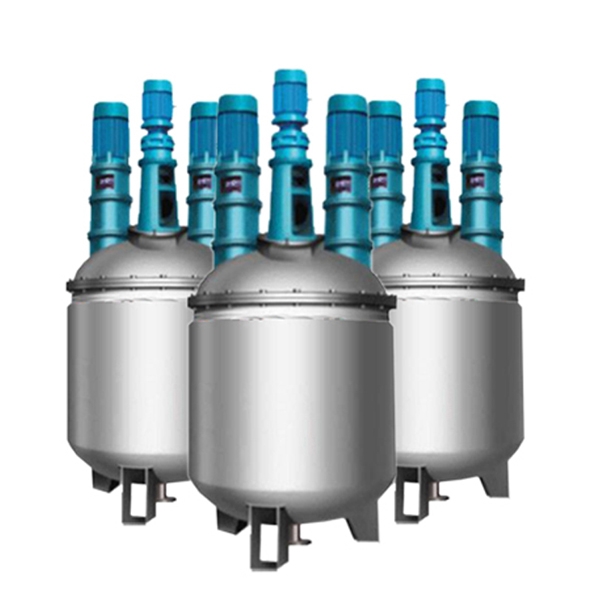
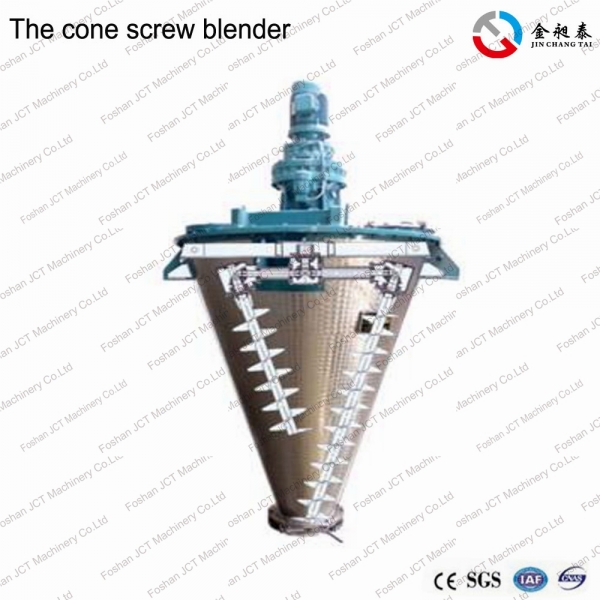
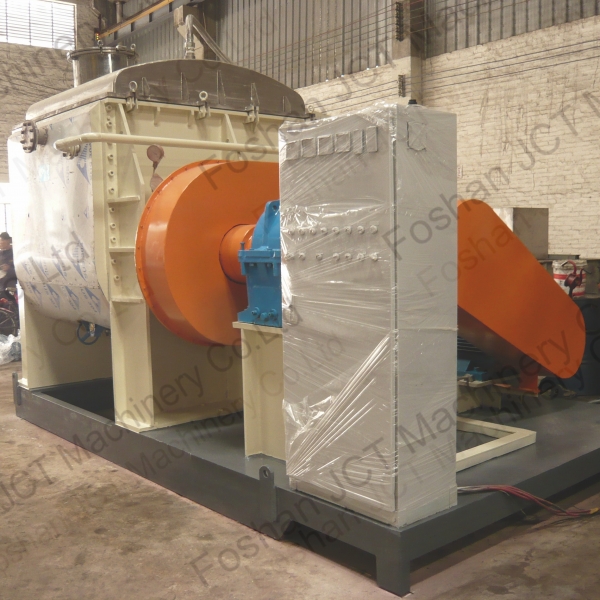
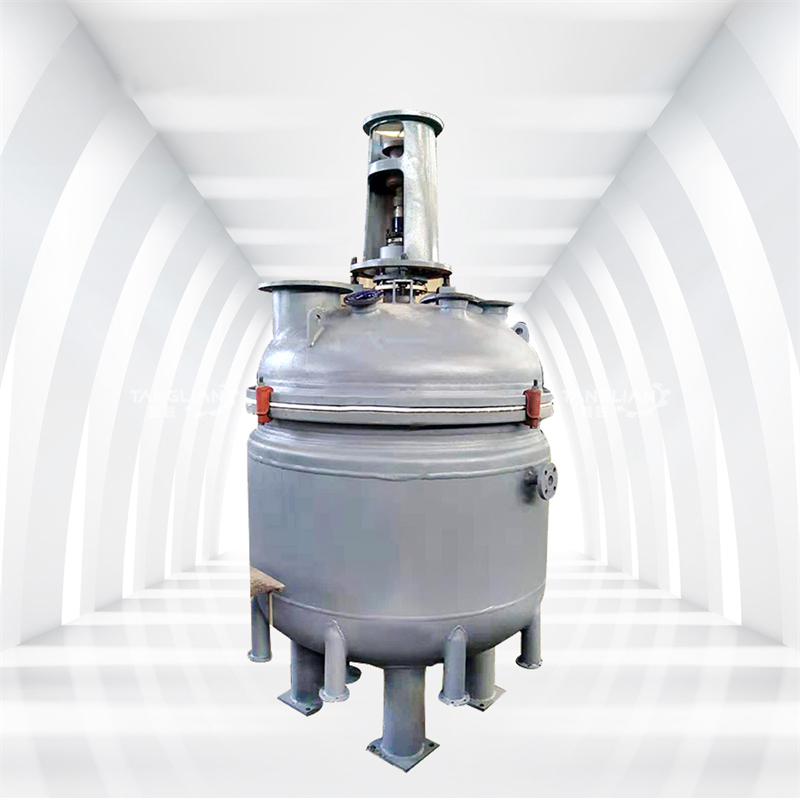
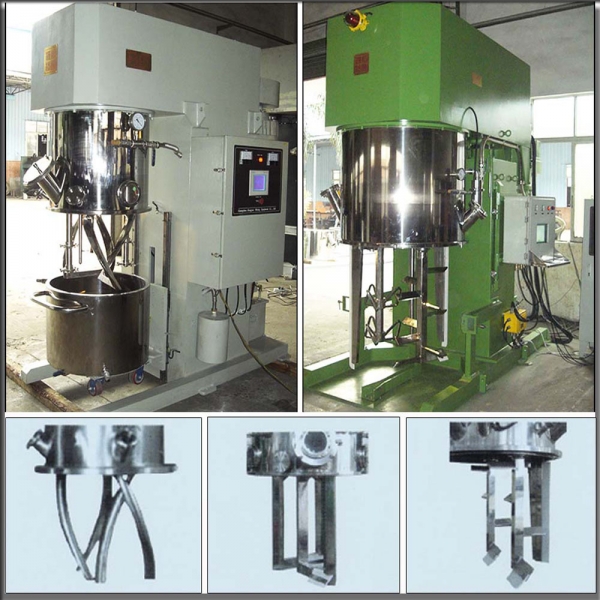


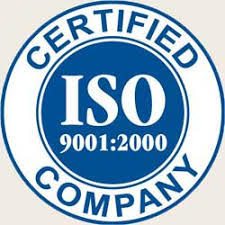


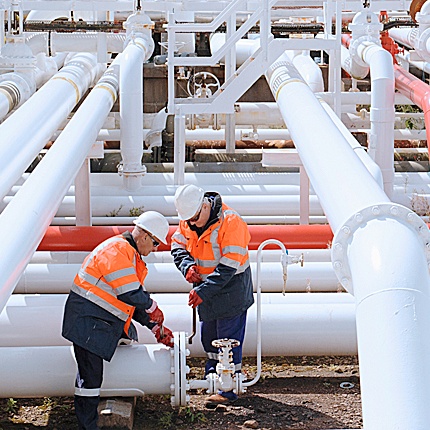
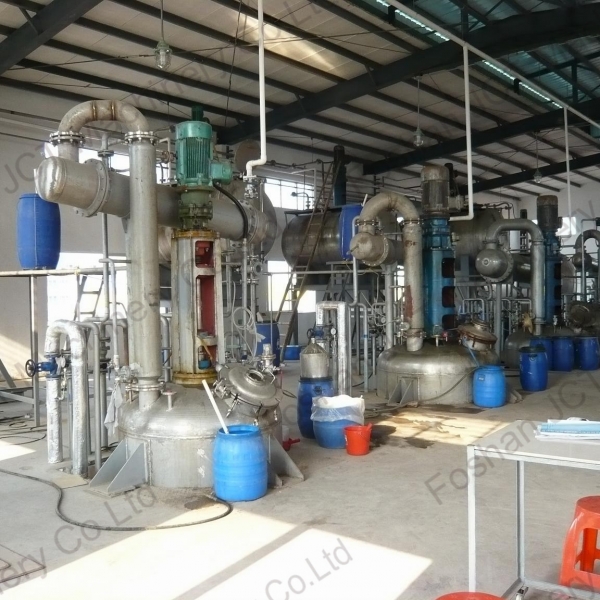

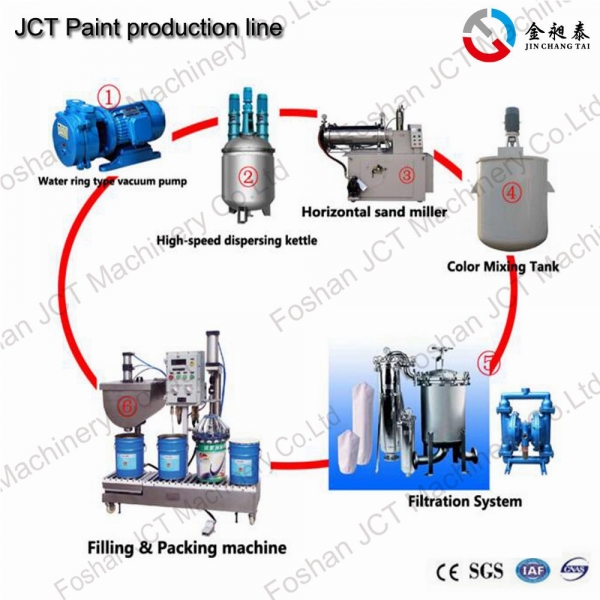

 CN
CN
 HOME
HOME Can Chemical Mixing Equipment Be Used In Hydrogen Energy Production? | JCT Machinery
Can Chemical Mixing Equipment Be Used In Hydrogen Energy Production? | JCT Machinery  You May Also Like
You May Also Like
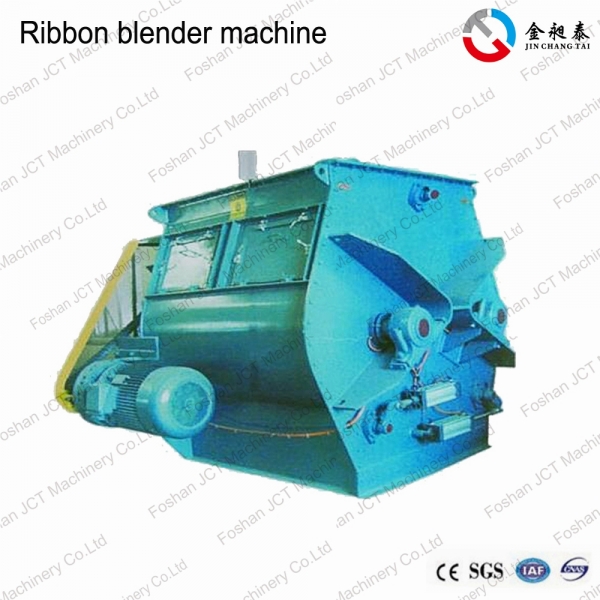

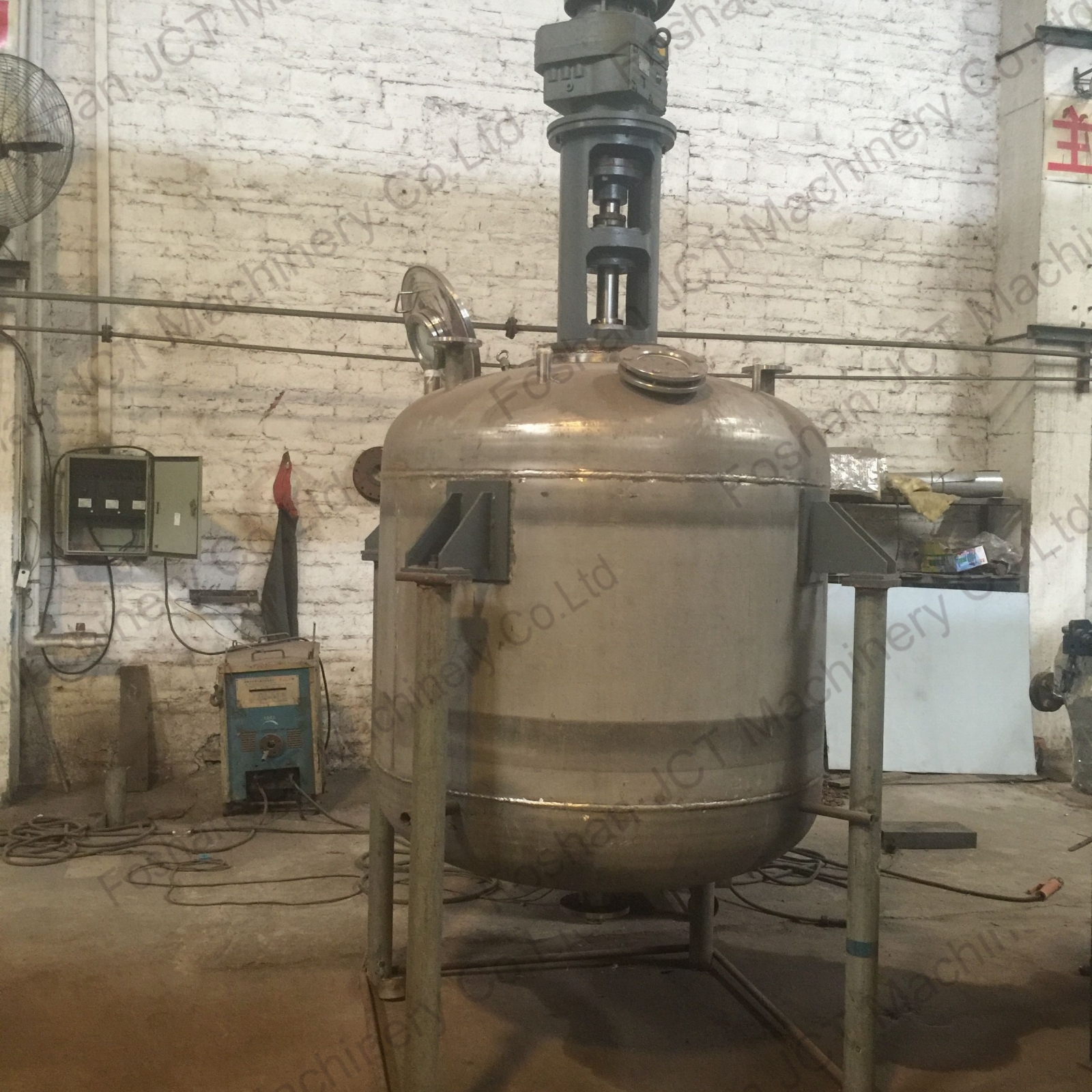
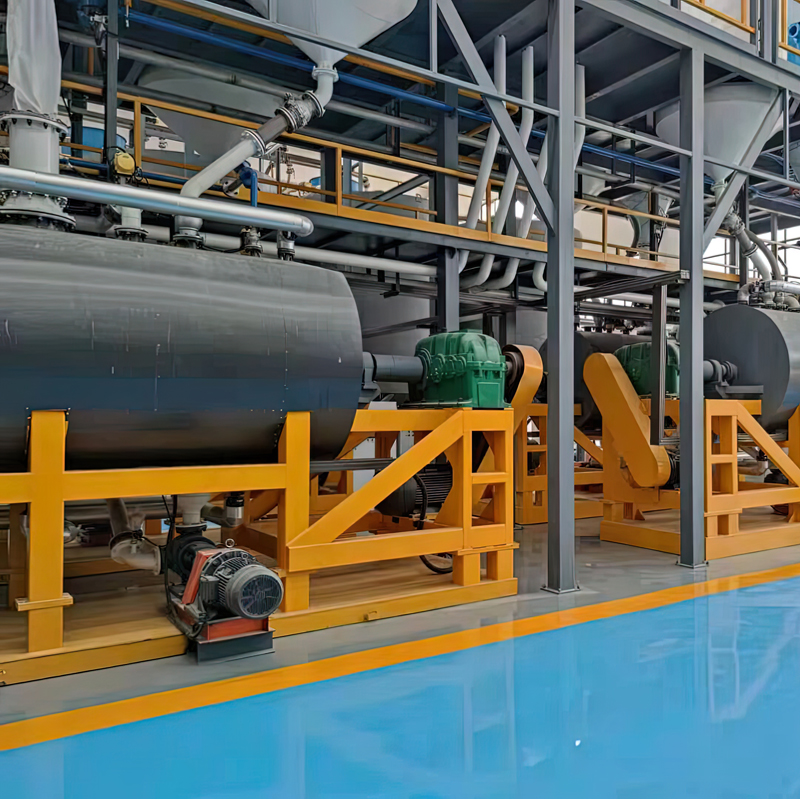
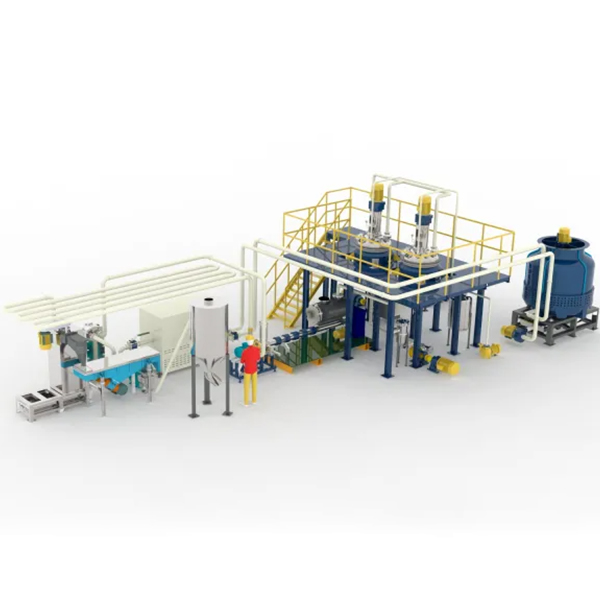

 Tel
Tel
 Email
Email
 Address
Address










